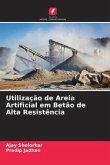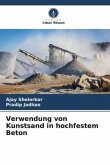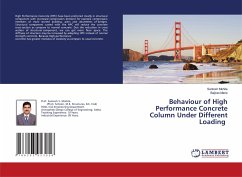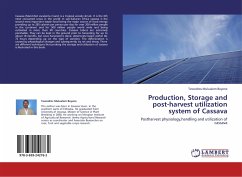With the use of 100 % replacement of artificial sand for natural sand producing High-grade concrete is defined as concrete that meets special combinations of performance and uniformity requirements that cannot always be achieved routinely using conventional constituents and normal mixing, placing, and curing practices. Ever since the term high-grade concrete was introduced into the industry, it had widely used in large-scale concrete construction that demands high strength, high flow ability, high finish ability and high durability. A high-strength concrete is always a high-performance concrete, but a high-performance concrete is not always a high-strength concrete. Durable concrete Specifying a high-strength Concrete does not ensure that a durable concrete will be achieved. It is very difficult to get a Product which simultaneously fulfills all of the properties. So the different pozzolanic materials like Fly ash, GGBFS, Metakaolin, Micro silica are some of the pozzolanic materials which can be used in concrete as partial replacement of cement, which are very essential ingredients to produce high-strength concrete.








